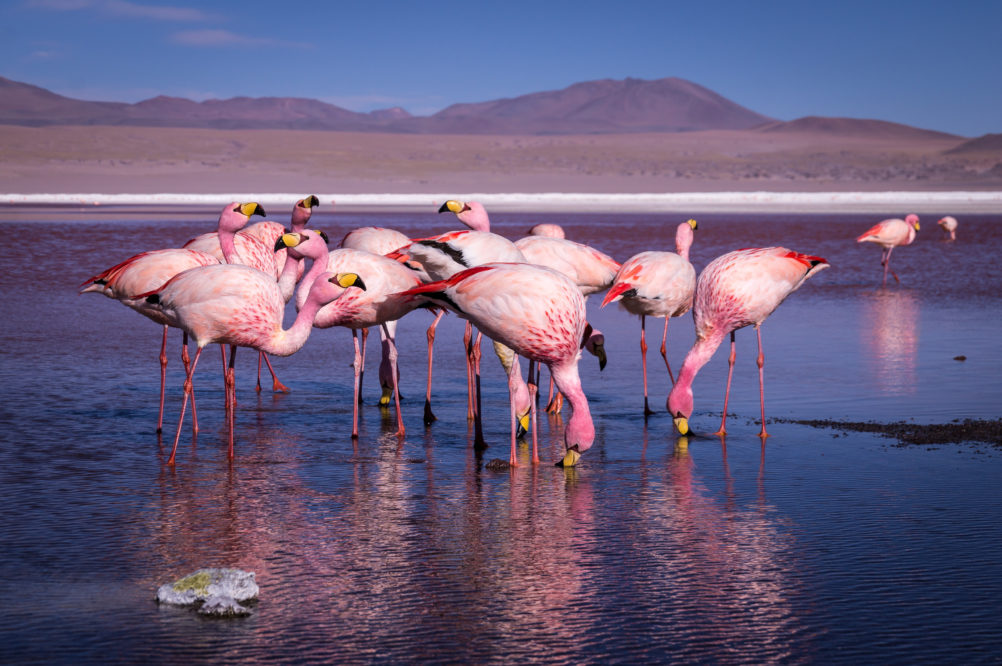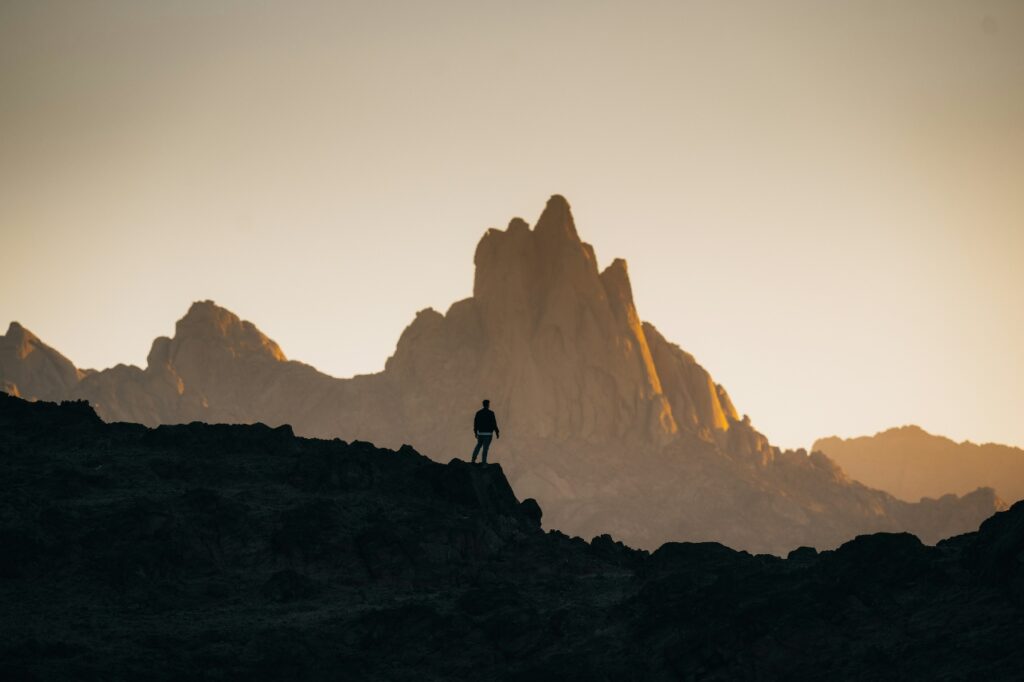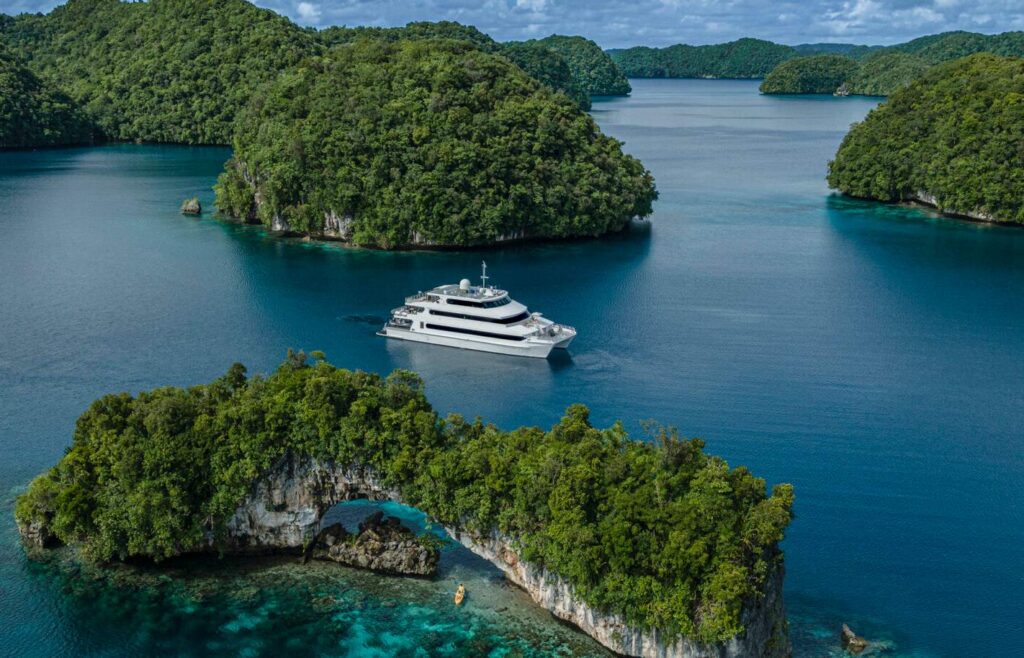Flying high in Bolivia
South America’s most underrated country will send you soaring.
Words by Ute Junker
Bring a jumper with you when you head to the historic town of Potosi. Perched 4000 metres above sea level amid the Andean peaks, temperatures here plunge rapidly once the sun sets. Despite its extreme climate and its remote location – more than 500km from La Paz – Potosi was once one of the richest cities in the world thanks to the seemingly-endless deposits of silver that the conquering Spanish mined from the mountain looming over the town.
Potosi is no longer a power centre; these days, the town’s main attractions are its elegant colonial architecture and its distinctive cuisine. The locals’ favourite way of keeping warm on those long cold nights is with a bowl of kallapurca, or volcano soup, a bubbling corn stew served with a heated volcanic stone in the bowl – as delicious as it is dramatic.
Volcano soup is far from the only surprise that awaits in Bolivia. When it comes to spectacular landscapes, few countries can compete with Bolivia. Head out from Potosi, for instance, and you will reach the salt flats at Uyuni, an otherworldly series of white plains that stretch for more than 10,000 square kilometres. You can even stay in a hotel made entirely of salt blocks, the elegant Palacio de Sel.
Next stop is the National Reserva Eduardo Avaroa, another series of surreal surrounds, where snow-capped volcanoes loom over mineral-rich lakes shaded in unlikely hues of red and green. The area’s distinctive wildlife includes long-lashed vicuñas – cousins of the llama and the alpaca – and hardy flamingos that sleep in lakes that ice over at night, leaving them trapped until the morning sun melts the ice.
Bolivia’s biggest city, La Paz, is also worth exploring. Just outside town lie the mighty ruins of Tiwanaku, the ancient empire that ruled over parts of Bolivia, Peru and Chile for 800 years. Their sophisticated agriculture and sculptural traditions influenced their successors, the Inka; while much of the site has yet to be excavated, what is there is impressive.
La Paz sprawls out over a series of steep slopes and valleys; the easiest way to get around is on the ultra-modern cablecar, Mi Teleferico, enjoying stunning views the whole way. The city’s street food is an attraction in its own right – must-tries include the empanada-like saltena, cobs of white-kernelled corn and buns filled with roast pork and crackling – but the don’t-miss dining experience is Gustu restaurant. Founded by Claus Meyer, the Danish entrepreneur who co-founded Copenhagen’s famous Noma restaurant, Gustu celebrates Bolivia’s remarkable indigenous ingredients. Expect to discover at least one new flavour with every course; just as surprising are the remarkably fine wines produced by Bolivia’s fledgling wine industry.



